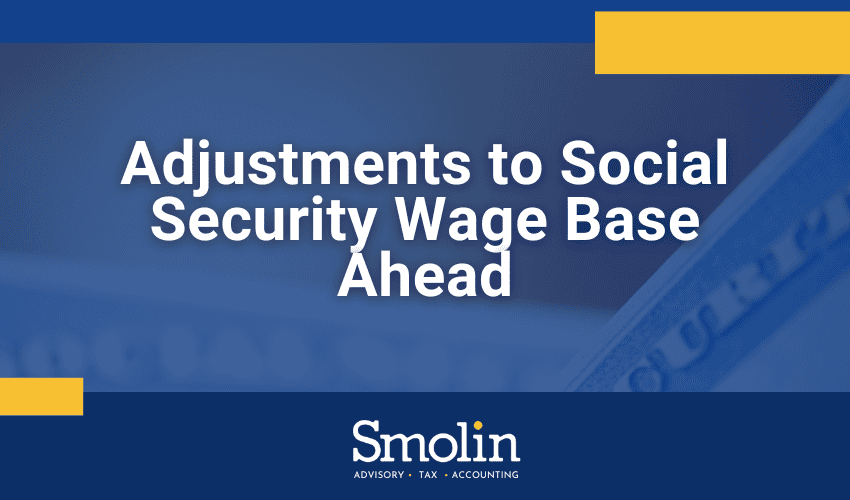If you are one of the many Americans who rely on disability benefits, you might be wondering how that income is taxed. The short answer is it depends on the type of disability income you receive and your overall earnings.
Taxable Disability Income
The key factor is who paid for the benefit. When the income is paid to you directly from your employer, it’s taxable like your ordinary salary and subject to federal income tax withholding. Depending on your employer’s disability plan, Social Security taxes may not apply.
Often, disability income isn’t paid by your employer but rather from an insurance policy that provides the disability coverage. Depending on whether the insurance is paid for by you or by your employer, the tax treatment varies. If your employer paid, the income is taxed the same as if it was paid directly to you by the employer as above. But if you paid for the policy, payments received are usually tax-free.
Even if the insurance is offered through your employer, as long as you pay the premiums instead of them, the benefits are not taxed. However, if your employer pays the premiums and includes that amount as part of your taxable income, your benefits may also be taxable. Ultimately, tax treatment of benefits received depends on tax treatment of paid premiums.
Illustrative example
Scenario 1:
If your salary is $1,050 a week ($54,600 a year) and your employer pays $15 a week ($780 annually) for disability insurance premiums, your annual taxable income would be $55,380. This total includes your salary of $54,600 plus $780 in disability insurance premiums.
The insurance premiums are considered paid by you so any disability benefits received under that policy are tax-free.
Scenario 2:
If the disability insurance premiums are paid for by your employer and not included in your annual wages of $54,600, the amount paid is excludable under the rules for employer-provided health and accident plans.
The insurance premiums are considered paid for by your employer and any benefits you receive under the policy, are taxable income as ordinary income.
If there is permanent loss of a body part or function, special tax rules apply. In such cases, employer-paid disability might be tax-free, as long as they aren’t based on time lost from work.
Social Security disability benefits
Social Security Disability Insurance (SSDI) benefits have their own tax rules. Payments are generally not subject to tax as long as your annual income falls under a certain threshold.
For individuals if your annual income exceeds $25,000, a portion of your SSDI benefits are taxable. The threshold for married couples is $32,000.
State Tax Implications
Though federal law treats disability payments as taxable income as outlined above, state tax laws vary. It’s wise to seek out professional support to determine if disability payments are taxed or exempt in your state.
As you determine your disability coverage needs, remember to consider the tax implications. If you purchase a private policy yourself, the benefits are generally tax free since you are using your after-tax dollars to pay the premium.
On the other hand, if your employer pays for the benefit, you will lose a portion of the benefits to taxes. Plan ahead and look at all your options. If you think your current coverage will be insufficient to support you should the unthinkable happen, you might consider supplementing any employer benefits with an individual.
Reach out to your Smolin advisor to discuss your disability coverage and how drawing benefits might impact your personal tax situation.



